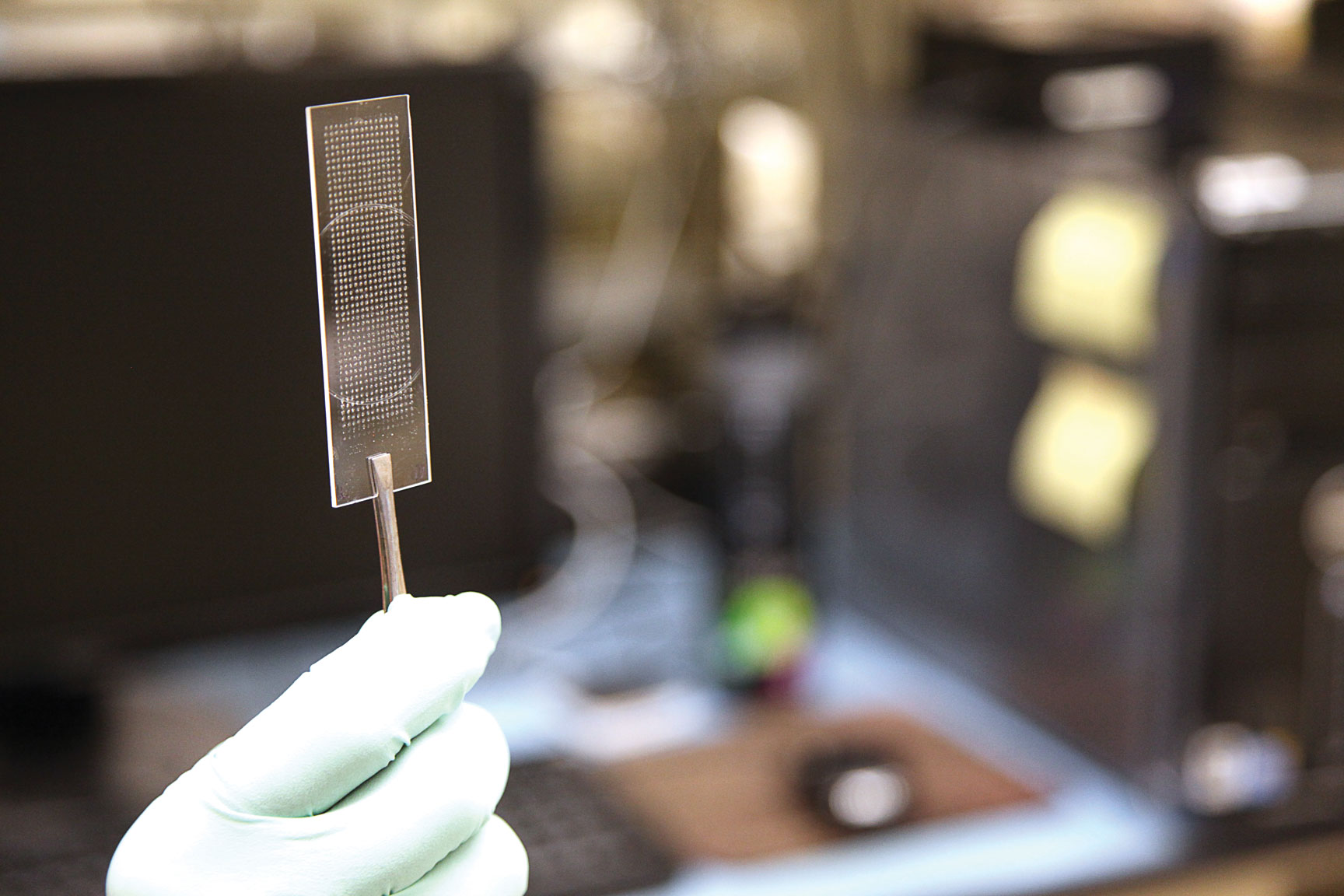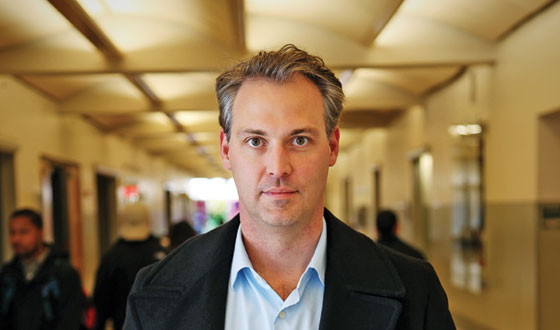

Even though Cory Hallam is officially part of the UTSA College of Business, he spends a fair amount of his time at the College of Engineering. What he’s most interested in, though, is biology; cross-pollenization to be exact. The university’s chief commercialization officer is committed to turning engineers into entrepreneurs.
As director of The Center for Innovation and Technology Entrepreneurship (CITE), Hallam is the link between creation and commercialization. When he joined the university in 2006, there was no connection between the two. Engineering students would spend a year completing their senior design project and then toss it aside. Business majors would go through the same process to create a business plan and then throw it away.
“There’s nothing wrong with that,” Hallam says. “It’s great educational training but when I looked at it with the deans of the colleges of engineering and business, we wanted to put it in an entrepreneurial context.”
Both deans thought their students would get more out of the experience if engineering and business majors worked on teams to develop and market real-world product prototypes. It’s a concept Hallam became very familiar with at the Massachusetts Institute of Technology where he earned a master’s degree in Technology and Policy and a Ph.D. in Technology Management and Policy.
“By developing a prototype and proof of concept, the seniors in engineering are giving the business students what most business students don’t have beyond their paper plan—something to demonstrate, a product to show people. It changes the context of their coursework without changing the coursework itself,” Hallam says.
“There are more than 2,000 entrepreneurship programs in this country. The vast majority of them are truly a bunch of classes,” he adds.
For those who want to take their project to the next level, CITE’s $100K Student Technology Venture Competition gives students hands-on experience as early stage entrepreneurs. Teams of senior business and engineering students work throughout the semester to develop a technology demonstrator and business plan to successfully develop a new company. The engineering students create a new technology product, and the business students create the business plan for commercialization of the product. The Harvard Business Club of San Antonio provides a mentor for each of the new venture teams.
“We show them the value of what they can do,” Hallam explains. “With the 100 K competition we give out some cash awards up front, and if they win, some prototyping monies to go off and start their company. We don’t expect most to do that initially, but the least thing they can graduate with is a prototype, a business plan, a potential patent, and the experience, so when they go to a job interview they can talk about how they tried to launch this new product.”
Multiple start-up companies have already spawned from his idea and students’ hard work. He’s far from complacent though. Hallam would like to see more colleges across campus become integrated with this mode of thinking, and he is also expanding this type of innovation toward graduate programs.
The key to the program’s success, says Hallam, is alumni support.
“I think ultimately if we are going to be a Tier One university, attracting the best students, creating the best graduates, we have to look at the best universities across the country who have a strong, strong alumni network. There is a tremendous satisfaction of seeing these young tech entrepreneurs understand what alumni are telling them in terms of business acumen or experience. I think if we can really ramp up the level of alumni involvement and support, we can push it forward even faster.”